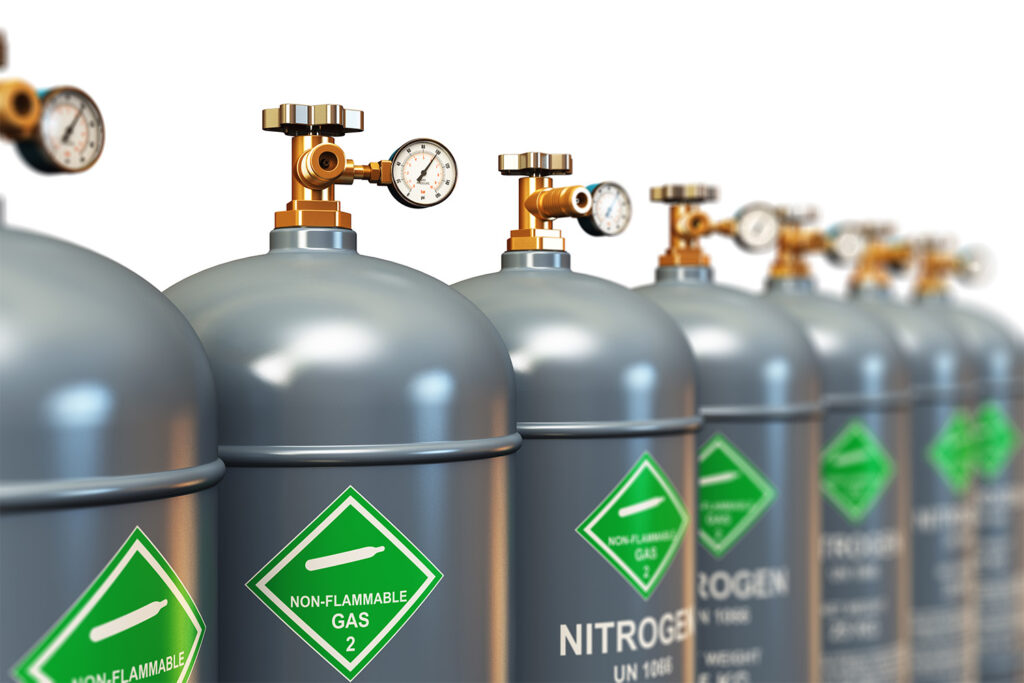Consult the most current version of the SDS for the product. The SDS contains information and procedures to follow if a fire should occur. Some of these procedures can include the following: Withdraw immediately in case of rising sound from venting safety device or discoloration of tank, as contents may be ignited by heat, sparks, and/or flames. If leak cannot immediately be stopped, let all contents burn completely. For small fires, use dry chemicals or CO2 extinguishers. For large fires, use water spray, fog, or foam extinguishers. Move container from fire area if you can do so without risk. Cool containers that are exposed to flames with water from the side until well after the fire is out. For massive fire in cargo area, use unmanned hose holder or monitor nozzles Other considerations, when dealing with flammable gas mixtures: Flammable vapor may spread away from the site of incident in the event of a spill Vapor explosion and poison hazard exit whether indoors, outdoors, or in sewers Some flammable materials may burn, even if they do not ignite readily. Any mixture with fuel may explode.



